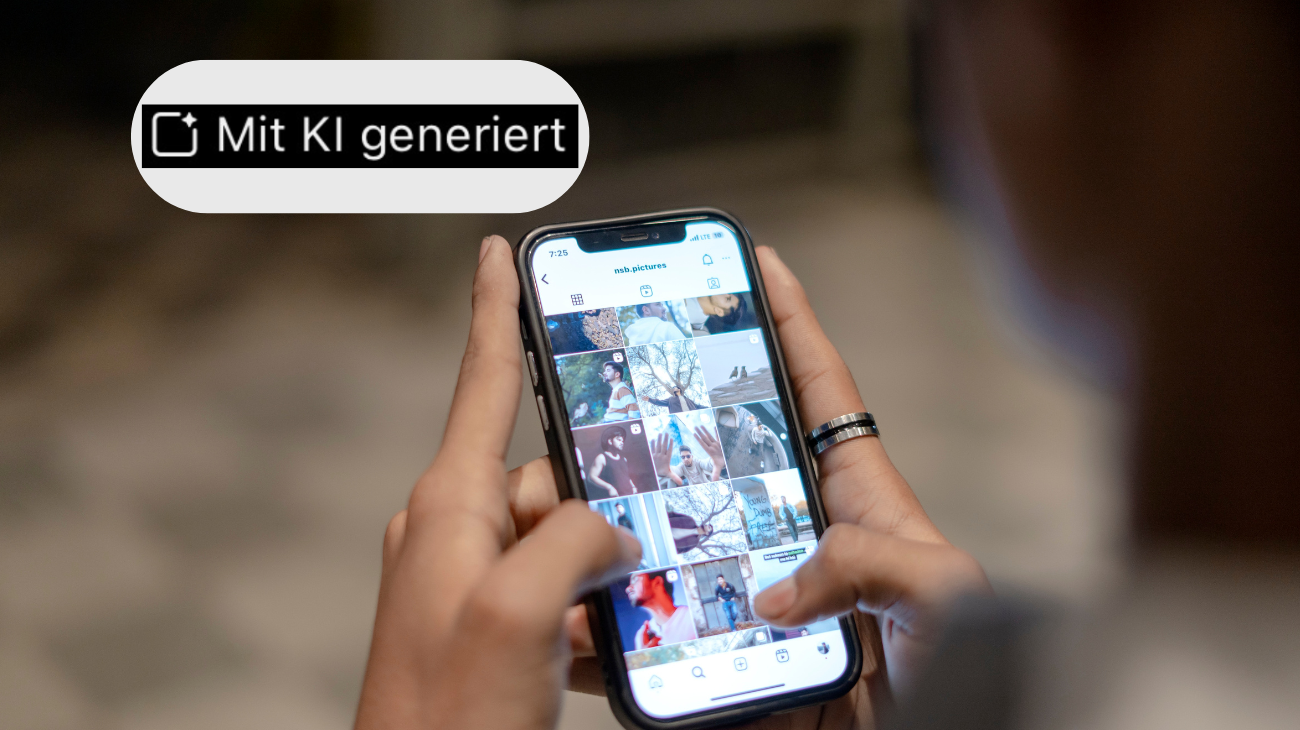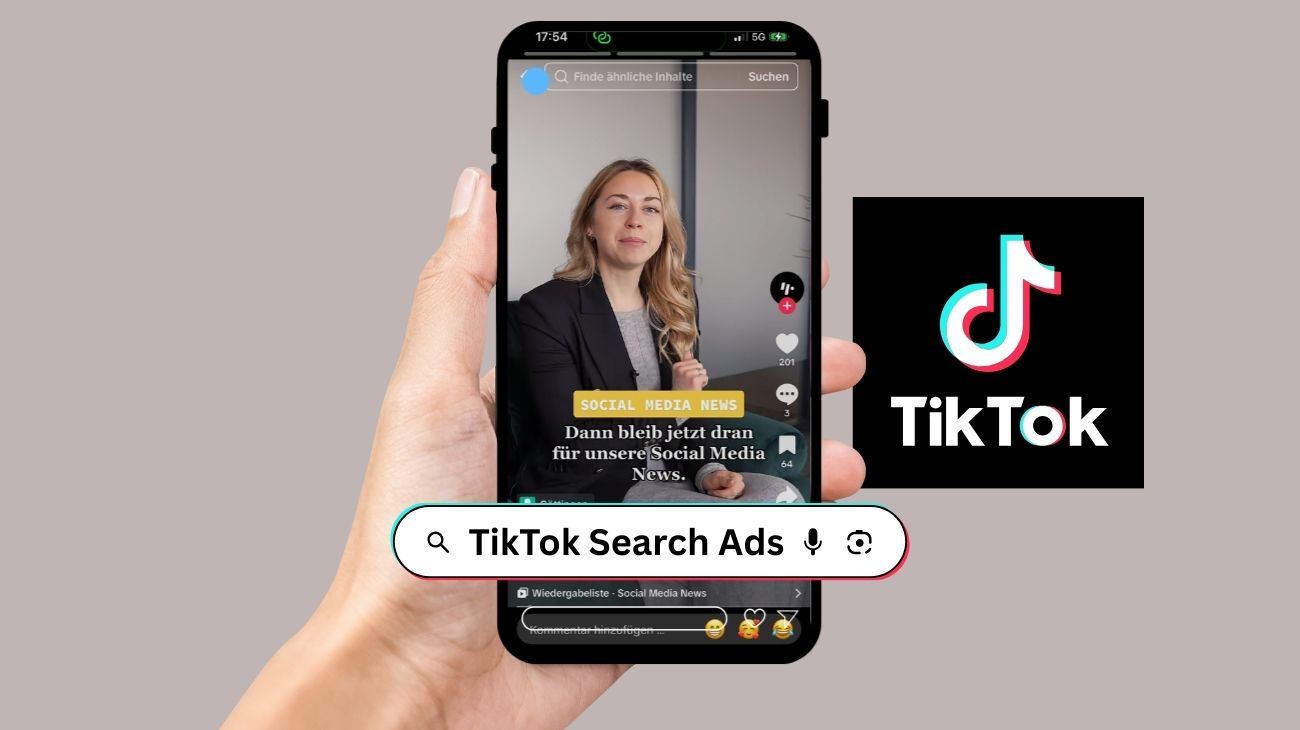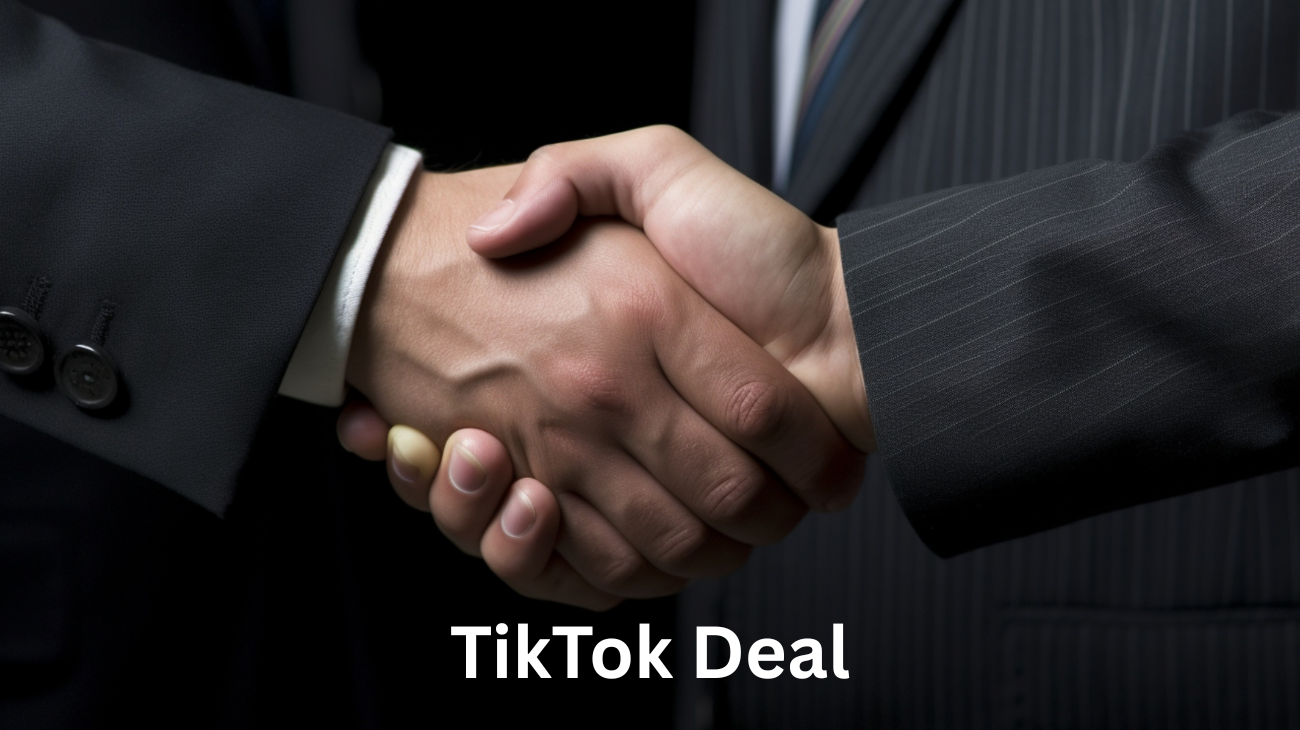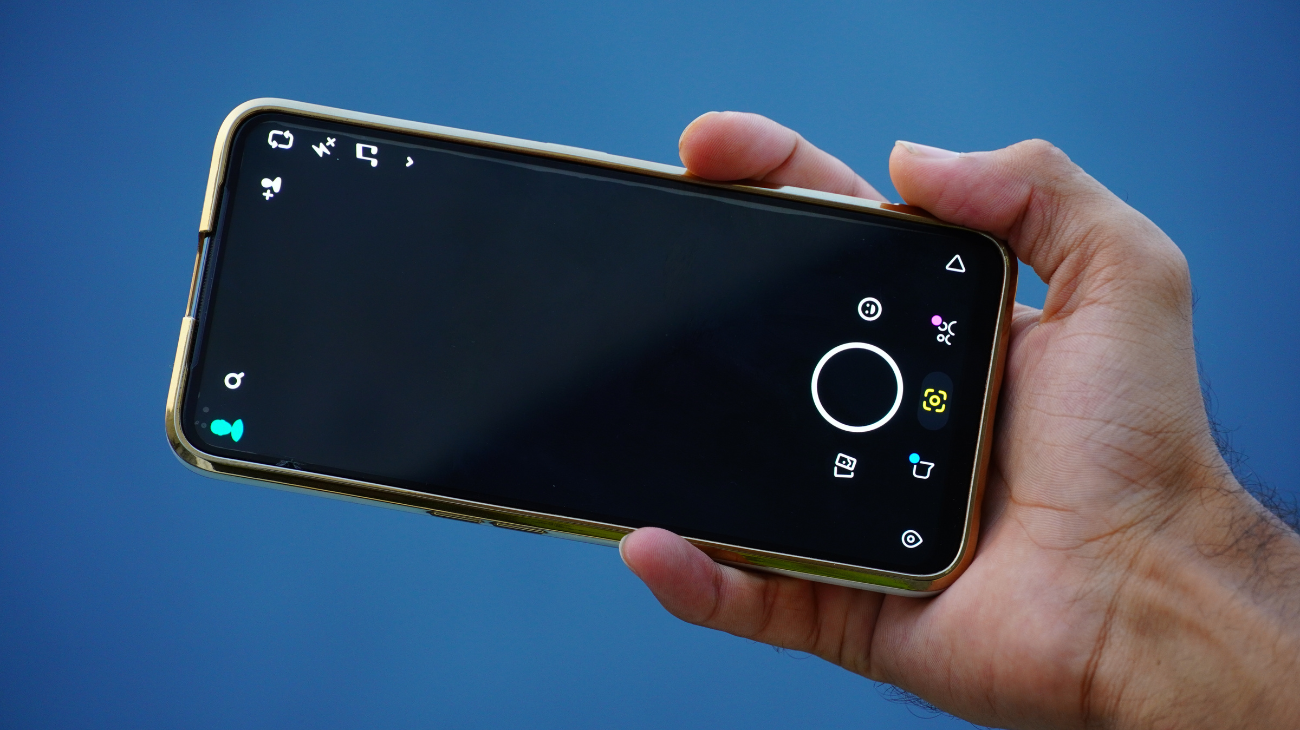AI labeling on Instagram: How it really affects your reach

The debate surrounding artificial intelligence is in full swing, with Instagram at its heart. An increasing amount of content is being automatically labelled as ‘AI-generated‘. While some users welcome this labelling as a step towards greater transparency, many creators and companies are concerned that it will reduce the visibility of their content.
The obvious question is: What happens when your posts are labelled as AI content? Does the label influence the algorithm and the visibility of your posts? Or is it ultimately the quality and relevance of your content that determines success or failure?
This article explains how AI labeling works on Instagram, its actual impact on reach and engagement and how you can use artificial intelligence effectively without losing your authenticity.
How does AI labeling work on Instagram?
Instagram has started labelling content that has been created or edited using artificial intelligence. This label appears clearly visible with the note ‘AI generated’. The aim is to offer users greater transparency and make it clear whether an image, video or text has not been created exclusively by humans.
The label is assigned automatically. As soon as Instagram or the underlying Meta AI recognises that content has been generated or heavily influenced by an AI tool, the label appears. This includes, for example, images created with text-to-image generators, AI-edited videos or posts created using external tools such as ChatGPT or Midjourney.
‘AI-generated’ – Does it affect my reach?
The most important question for creators and companies is: Does the label ‘AI-generated’ result in content being displayed less frequently? Officially, Meta emphasises that the label has no negative impact on reach. The algorithm therefore does not distinguish between AI-based content and traditionally created posts.
The same factors remain decisive for visibility
Relevance, interaction and engagement. If a post receives many likes, comments, shares or saves and users interact with the content for a long time, the algorithm rates it as relevant and plays it more frequently. This means that whether your reel or post is marked as AI-generated is irrelevant to the algorithm itself.
However, there may be indirect effects.
Some users react sceptically when they see the label and may interact less with the post. Others find AI content exciting and innovative and respond more strongly to it. In this case, the composition of your target group determines the effect. What matters, however, is how your community reacts to the ‘AI-generated’ label. This is where your strategy comes into play and how you combine AI content with your own personality and authenticity. It is therefore crucial to know your community well and understand how it reacts to AI. If you design your content in such a way that it appears personal, creative and authentic despite being labelled, you can strengthen the trust of your community while reaping the benefits of AI. Labelling is then not an obstacle, but an additional opportunity to emphasise your uniqueness.
Opportunities and risks of AI content
The use of AI in content marketing opens up many opportunities, but also entails risks. A clear overview shows where the advantages lie and which pitfalls you should avoid:
Chancen
- Increased efficiency: AI creates texts, images and videos in no time at all, saving you valuable resources.
- Creative inspiration: It provides ideas and unusual approaches that you might not have come up with on your own.
- Competitive advantage: Artificial intelligence enables smaller companies and solo creators in particular to produce professional-quality content.
- Personalisation: AI-supported analyses help you address your target group more precisely and increase the relevance of your content.
Risks
- Generic content: If you rely too heavily on AI, your content will appear interchangeable and lose its personality.
- Loss of trust: Users may perceive AI content as less authentic and therefore interact with it less frequently.
- Legal issues: Copyright and labelling requirements must be observed, otherwise you risk warnings or damage to your image.
- Ethical aspects: An uncritical approach to AI can damage your reputation, especially if there is a lack of transparency.
How to use AI tools correctly
Artificial intelligence can be a huge help if you use it consciously and strategically. To ensure that your content appears authentic despite being labelled and that your reach remains intact, you should follow these tips:
- Use AI as a source of ideas:
Let it suggest topics, content formats or initial drafts, but develop your own style from them. - Supplement rather than replace:
Use AI for supporting tasks such as subtitles, hashtag research or content calendars, while keeping the core creative work to yourself. - Use visual tools wisely:
Generate images or videos with programmes such as Midjourney or DALL·E, but adapt them to your brand identity so that they look distinctive. - Incorporate your personality:
Always supplement AI content with personal stories, experiences and opinions. This creates closeness and sets you apart from generic content. - Ensure transparency:
Be open about when you have used AI. You can even use the label ‘AI-generated’ to show that you are using innovative methods. - Test and optimise continuously:
Analyse which AI-supported content is well received by your community and adjust your strategy accordingly.
Can you turn off the AI label on Instagram?
When Instagram automatically marks a post with the label ‘AI-generated,’ this label initially appears permanently in the post. However, there is a way to remove the label manually. To do this, go to the relevant post in your profile, tap ‘Edit’ and then select the AI label. There you can deactivate the label. The label will then disappear from your post.
Important: Even though the label can be technically disabled, you should be aware that Instagram and Meta actually require clear labelling of AI content for transparency reasons. Therefore, consider carefully whether you want to remove the label or use it as an opportunity to be open about your use of artificial intelligence.
Conclusion
The ‘AI-generated’ label on Instagram has no direct influence on the algorithm and does not automatically limit your reach. The decisive factor remains how your community reacts to the content. While some users are sceptical about AI content, others see it as an exciting innovation. Your success therefore depends less on the label and more on how you integrate artificial intelligence into your content strategy. The most important rule here is that you can use AI as a tool, but remain creative yourself. Your personality, your experiences and your individual perspective are what make your content unique and offer your community real added value. If you master this balancing act, artificial intelligence will not diminish your reach on Instagram, but on the contrary, it may even increase it in the long term.










 Sign up
Sign up 